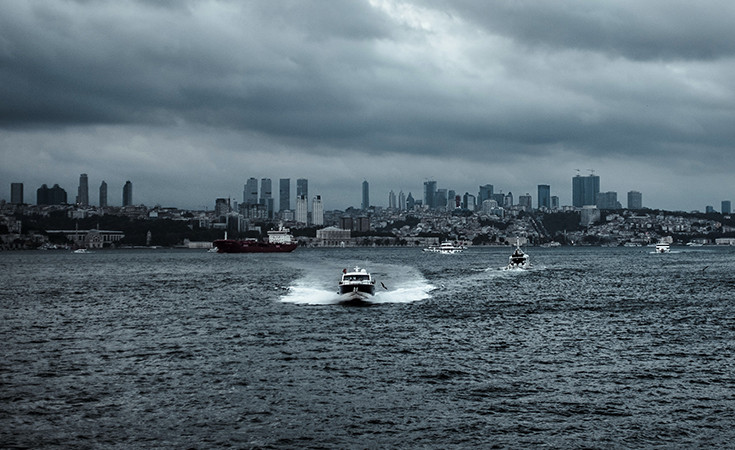
The Golden Horn comes from the Greek word Khrysokeras or Chrysoceras, in Turkish the Golden Horn is pronounced Halic. The Golden Horn demarcates the old part of Istanbul from the modern one. It represents the main entrance to the Bosphorus. It got its name when Emperor Constantine saw the sun and the shining landscapes, and the island in the shape of a horn, and awarded it the Golden Horn.
Old Istanbul lies on a peninsula between the Sea of Marmara and the Golden Horn. The first inhabitants were the ancient Greeks who created colonies and built Constantinople, that is, later the famous Constantinople, and finally Istanbul. When Constantinople fell, Greeks, Italians, Jews and others who were not of the Muslim faith settled along the Golden Horn, in places known as Balat and Fener. The first bridge to be built on the Golden Horn is the Galata Bridge as a link between old and modern Istanbul. Golden Horn is often called a historical peninsula. It was considered the port of Constantinople by nature, and in the event of an attack, chains were placed up to the Galata fortress that prevented the entry of ships and thus protected the city from attack.
Today, the Golden Horn is a place for tourist visits, but Galata Bridge is more important. In addition to the Galata Bridge, the Golden Horn is adorned with the Ataturk and Halič Bridges, the old Galata Bridge and the Golden Horn metro bridge.
Author of the text:

Maja Glavaš, Bachelor with Honours in Communicology. Works in Tourism.
Contact: [email protected]; instagram: travel_europe1
Photo by Maria Teneva on Unsplash